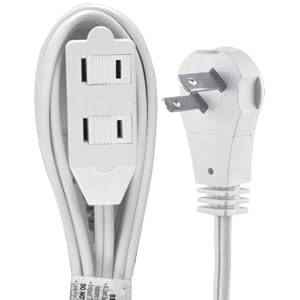And now some of you probably know I never really watched Star Trek!
So, the short article explains that because needles hurt, this little number was invented to avoid pain by forcing medicine through the skin in a jet "so small it doesn't hit enough pain cells to register." Supposedly, we're talking a jet so small, it's "smaller than a mosquito's proboscis." The article goes on to say that clinical tests looked promising, making vaccinations easy, but "at present its use does not extend to intramuscular injections."
A turn to Google unearthed some interesting and rather surprising stuff. Wikipedia tells us that the hypospray is fictitious, used on Star Trek as developed by the producers to avoid having hypodermic needles around the studio. It then links to three scientific journal articles, two from the 1960s and one from the 1970s, that discuss hypospray--but apparently something different... I couldn't open the articles.

However, some additional digging turns up P.L.E.A.S.E., or "Painless Laser Epidermal System." This is a brand-new, circa 2008, invention for transdermal injections--painlessly. See more about it here: http://medgadget.com/2008/02/pleasepainless_laser_epidermal_system.html .
Further, going back a few years, there is the "jet injector," invented just four years before Star Trek went on the air in 1966. According to Wikipedia:
The Biojector 2000 is a make of gas-cartridge-powered jet injector. It is claimed that it can deliver intramuscular injections and subcutaneous injections up to 1 milliliter. The part which touches the patient's skin is single-use and can be replaced easily. It can be powered from a big compressed gas cylinder instead of gas cartridges. It is made by Bioject."
But that still doesn't get us to this marvel of 1947. Apparently, the U.S. Department of Defense stopped using the jet injector in 1997 due to concerns about infection. But this still isn't exactly the original Hypospray, which, according to Science Illustrated, was just right around the corner.
Even though I can't find any evidence of this 1947 version of the Hypospray (wow... there's a LOT of Star Trek stuff on the Internet!), I did find that Merriam-Webster dictionary has a definition for it: ": a device with a spring and plunger for administering a medicated solution by forcing it in extremely fine jets through the unbroken skin."
So, why'd we stop doing that...or why'd we never start? Is this really more than science fiction? What happened between this 1947 article and the 1966 TV show? Anyone?






